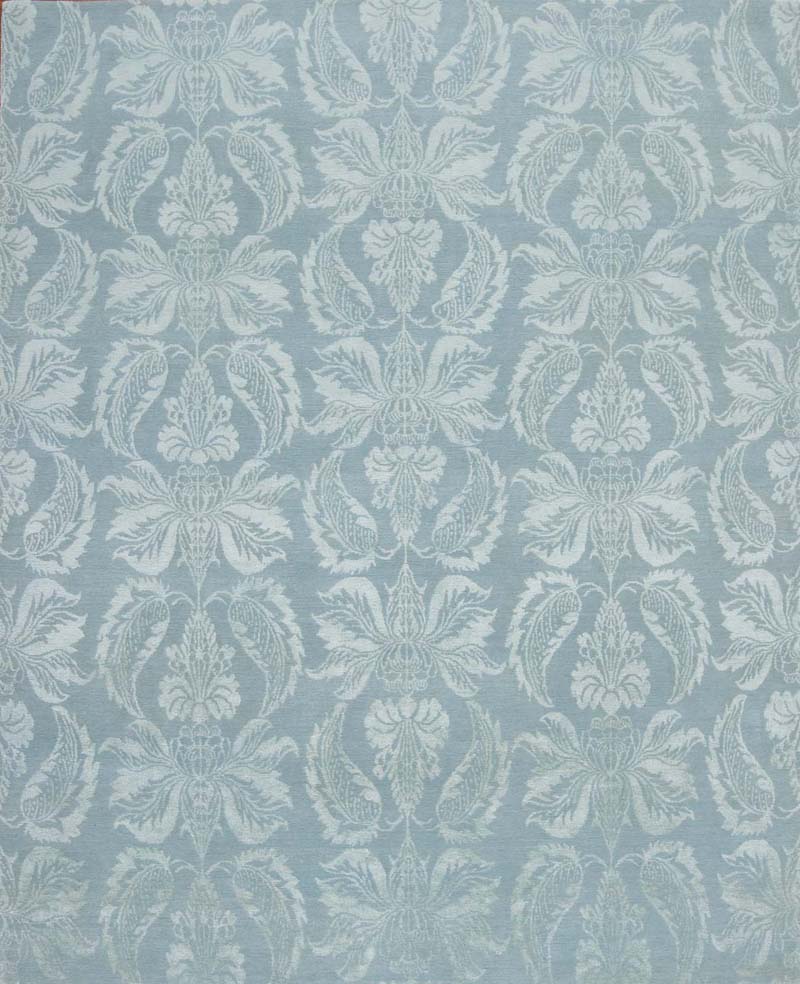Chinese Rugs
It is generally assumed that rug-weaving was brought into China, probably from Turkestan or Mongolia, some time before the reign of Emperor K’ang His (1661-1722), a noted patron of the arts who may well have encouraged its assimilation into Chinese artistic life.
It is almost impossible to say exactly where most Chinese rugs were made. Rug making in China was never based around exclusive localized styles’ and although antique rugs may be classified as ‘Paotao’ or ‘Ning-Hsia’, for example this is usually a definition of their quality and style, rather than a statement of where they were made.
Chinese rugs made in the heart of the country (Suiyuan, Paotao and Kansu) had slightly different characteristics to those woven in East Turkestan, Mongolia and Tibet.
The former employed more classically Chinese designs and often limited their palette to blues and cream (Suiyuan rugs are noted for using only different shades of blue to articulate an entire design). In contrast, rugs from East Turkestan, Mongolia and Tibet often possessed a distinctive Turkoman flavor, in addition to elements of local symbolism, which combined with their overall ‘Chinese’ character to create a unique aesthetic style. This was enhanced by their use of bright colors, particularly warm shades of burnt orange, yellow ochre, peach, pale green and pale raw umber.
Contemporary Weaving: In terms of price and quality, contemporary Chinese rugs are probably some of the best value items produced today.
The rug making industry is organized under strict government control and a wide range of items, which conform to exact standards of quality, size, color and design, are woven in a number of manufactories and workshops in Peking, Tientsin, Sinkiang, Shanghai and other centers throughout the country. The fact that a carpet may be marketed as a Peking or Tientsin is largely irrelevant.

